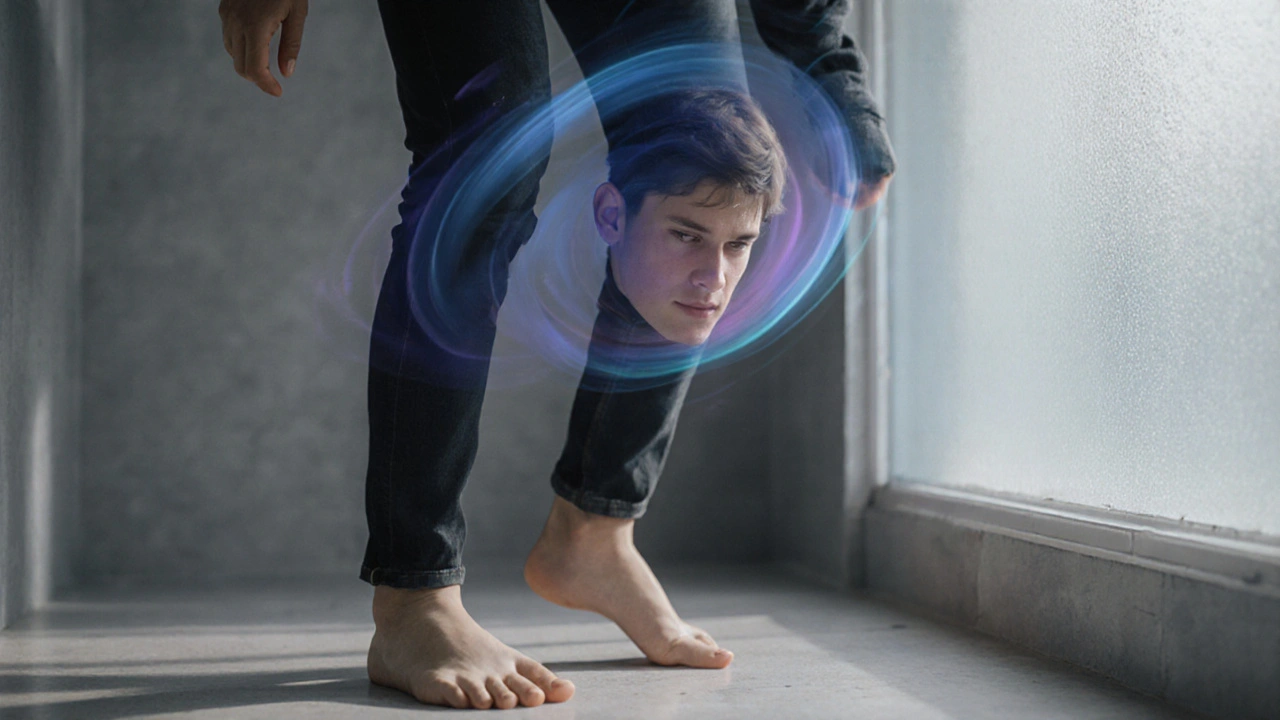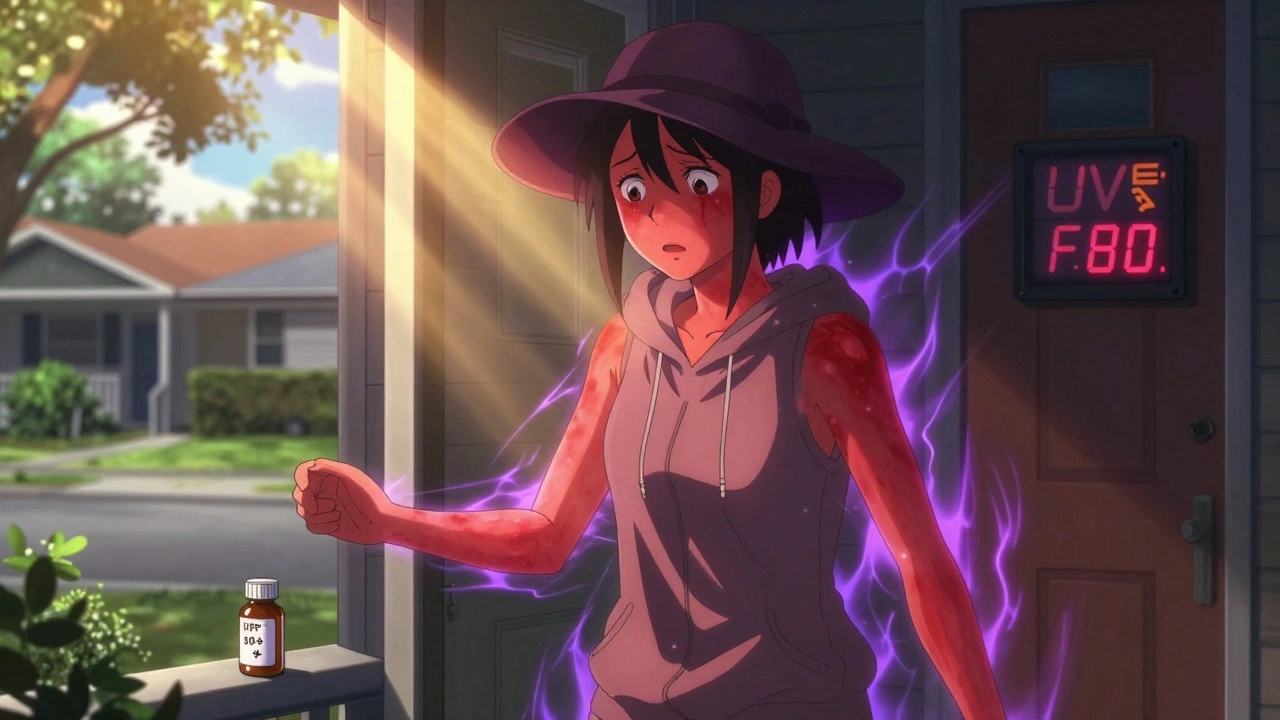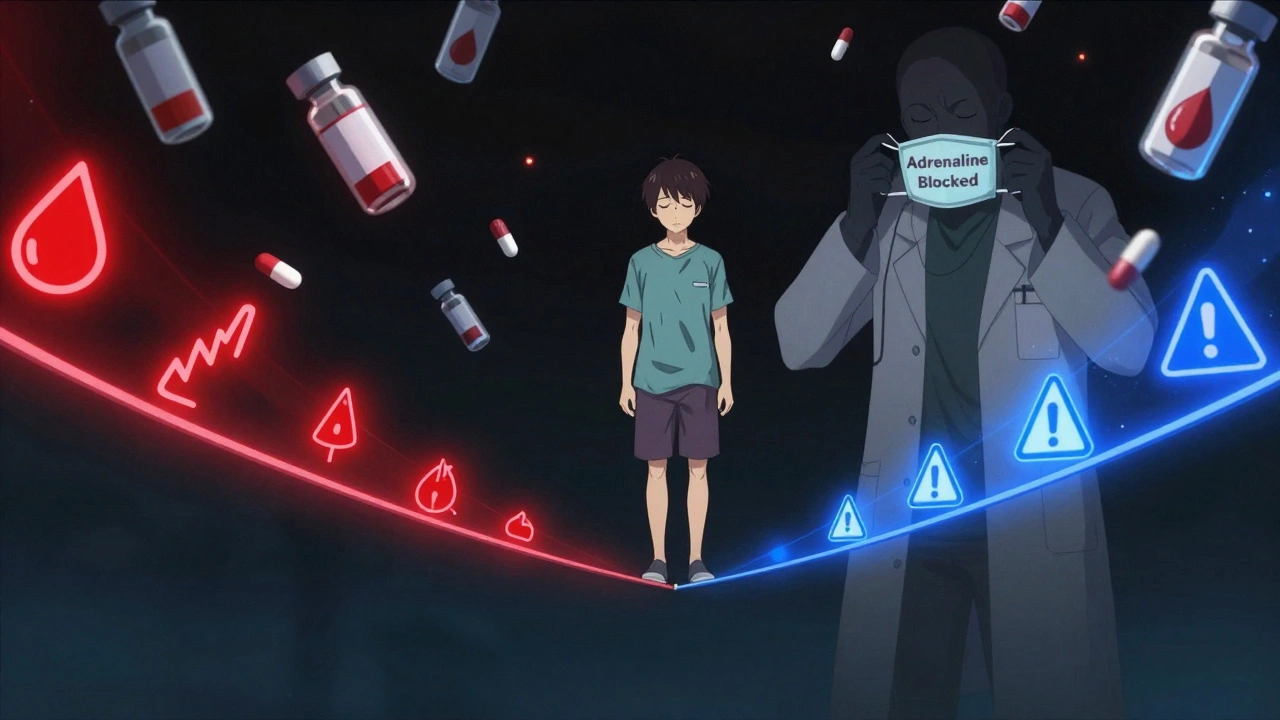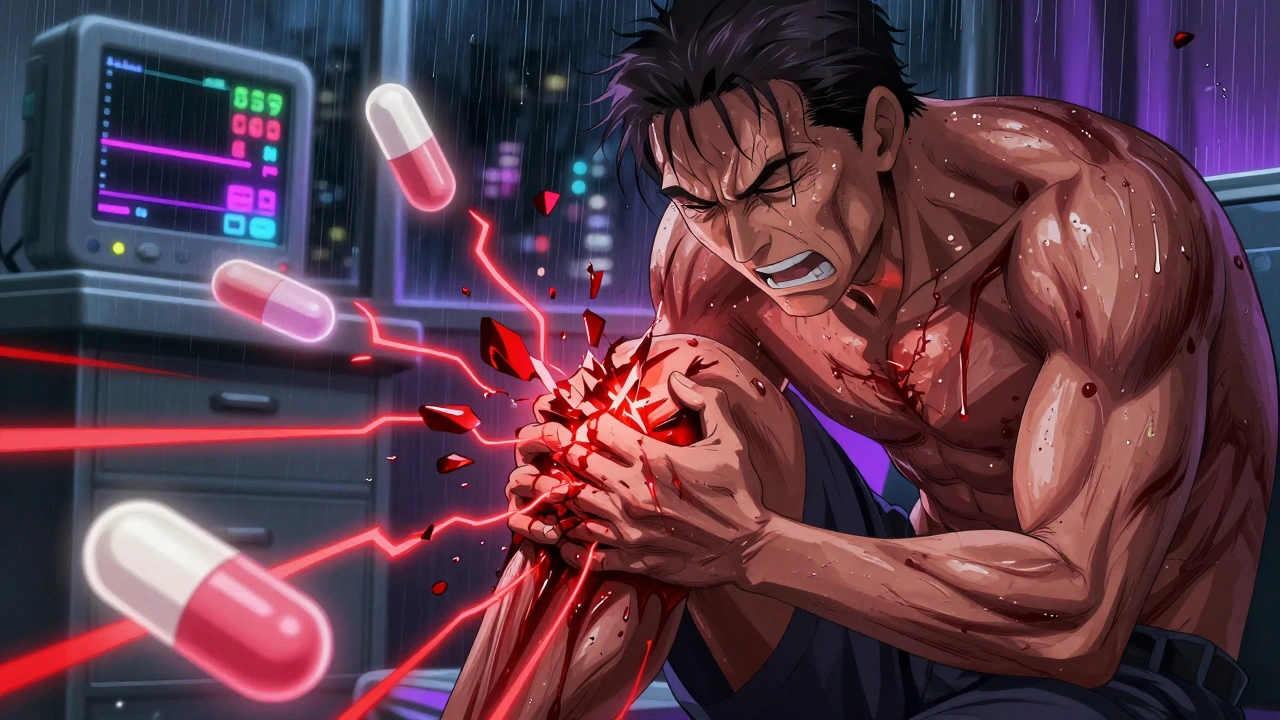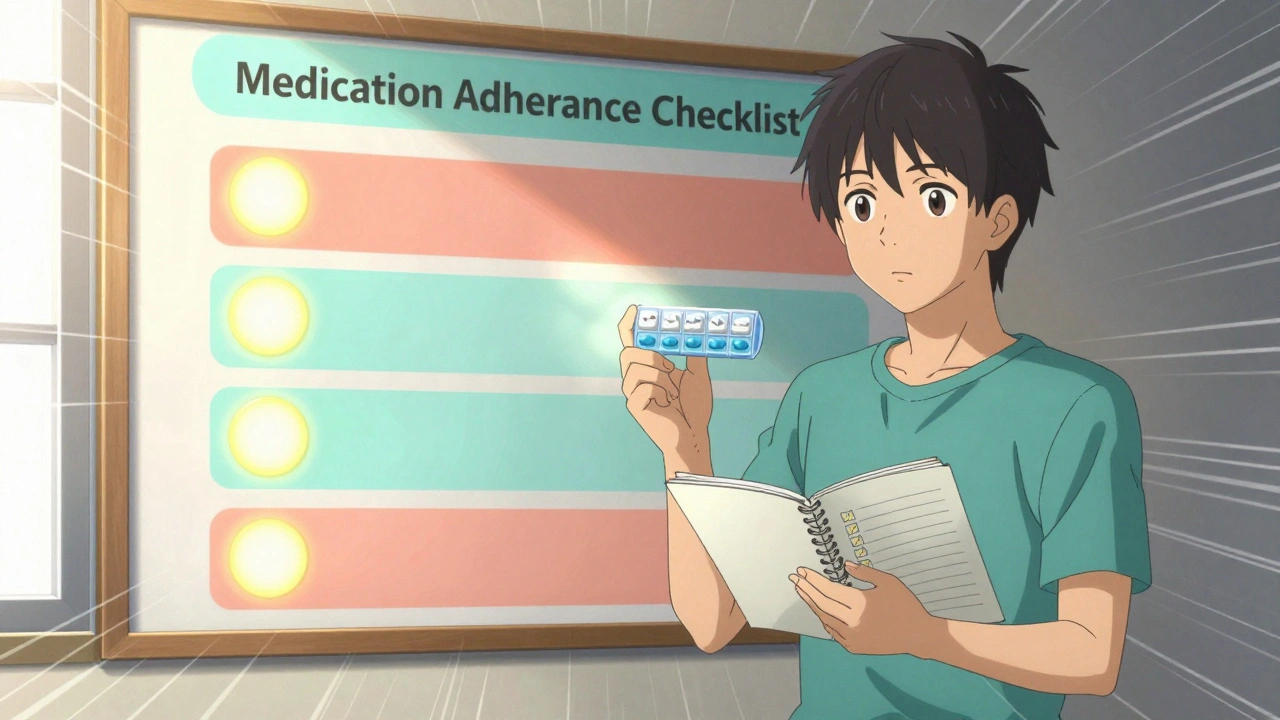Orthostatic Hypotension Symptoms: What You Need to Know
When dealing with orthostatic hypotension symptoms, a sudden drop in blood pressure after standing that can cause light‑headedness, blurred vision, or fainting. Also known as postural hypotension, it signals a problem with the body’s ability to maintain circulation when you change position. This condition isn’t rare—many people feel a quick spin after rising from a chair, but for some it’s a sign of deeper issues.
One of the core players in this picture is blood pressure, the force that blood exerts against vessel walls. When you stand, gravity pulls blood toward your legs, and the autonomic nervous system normally kicks in to tighten vessels and keep flow to the brain. If that response falters, the pressure falls and you experience the classic orthostatic hypotension symptoms. Monitoring your blood pressure before and after standing can reveal patterns that help you and your doctor pinpoint the cause.
Common Triggers and How They Connect
Another frequent companion is dizziness, a sensation of spinning or unsteadiness. Dizziness often appears the moment you notice a dip in blood pressure, making it a reliable warning sign. It’s not just a nuisance; repeated dizziness can lead to falls, especially in older adults. Learning to catch the early spin can prevent a full‑blown faint.
fainting, temporary loss of consciousness due to inadequate brain blood flow is the most dramatic outcome. A faint can happen within seconds of standing if the pressure drop is severe. Knowing the difference between a brief “head‑rush” and an actual faint helps you decide when to seek urgent care.
Medications are a hidden driver that many overlook. Certain drugs—like antihypertensives, diuretics, and some antidepressants—can blunt the body’s compensatory mechanisms. For example, a common blood pressure pill may lower the baseline pressure so much that standing pushes it into the danger zone. If you’re on any prescription, checking the label for “orthostatic hypotension” warnings is a smart move.
Dehydration also plays a starring role. When fluid levels drop, blood volume shrinks, making it harder for the circulatory system to keep up with positional changes. Simple habits like drinking enough water and adding a pinch of salt (if you have no contraindications) can keep the volume up and reduce symptom spikes.
Beyond these, chronic conditions such as diabetes, Parkinson’s disease, and heart failure can impair the autonomic response. In diabetes, nerve damage (autonomic neuropathy) weakens the signals that tell vessels to tighten. In Parkinson’s, the disease itself disrupts the nervous system’s coordination. Understanding the underlying health context helps tailor strategies—whether it’s medication adjustment, physical therapy, or lifestyle tweaks.
Practical steps can lessen the impact of orthostatic hypotension symptoms. First, rise slowly: sit on the edge of the bed for a minute before standing. Second, use compression stockings to push blood back toward the heart. Third, add brief leg‑muscle exercises—like calf raises—before getting up to prime circulation. Fourth, keep a symptom diary noting time of day, posture changes, and any triggers; patterns often surface that guide treatment.
When symptoms persist despite these measures, it’s time to talk to a healthcare professional. They may order tests like a tilt‑table study, which records blood pressure and heart rate as you tilt from lying down to standing. The results can classify the type of orthostatic drop and direct specific interventions, such as fludrocortisone to boost blood volume or midodrine to tighten vessels.
In short, orthostatic hypotension symptoms serve as a window into how well your body regulates blood flow. By recognizing the signs—dizziness, fainting, visual blur—and linking them to blood pressure changes, medication effects, dehydration, or chronic disease, you can take informed steps to stay steady on your feet. Below you’ll find a curated collection of articles that dive deeper into medication guides, lifestyle tips, and medical insights that tie directly into managing these symptoms.
Idiopathic Orthostatic Hypotension & Anxiety: Understanding the Connection
Learn how idiopathic orthostatic hypotension and anxiety interact, spot overlapping symptoms, and find practical tips to manage both conditions safely.

